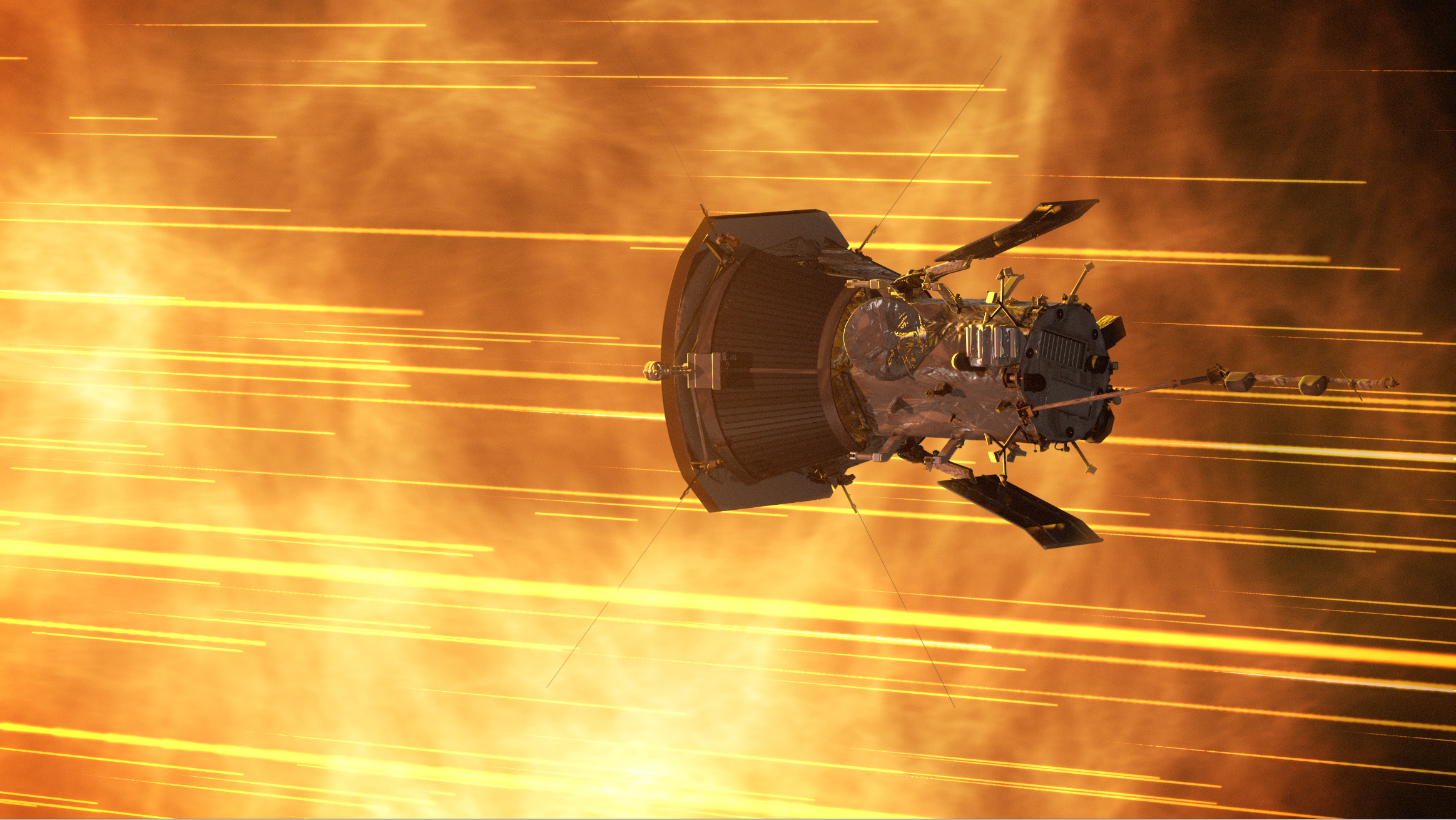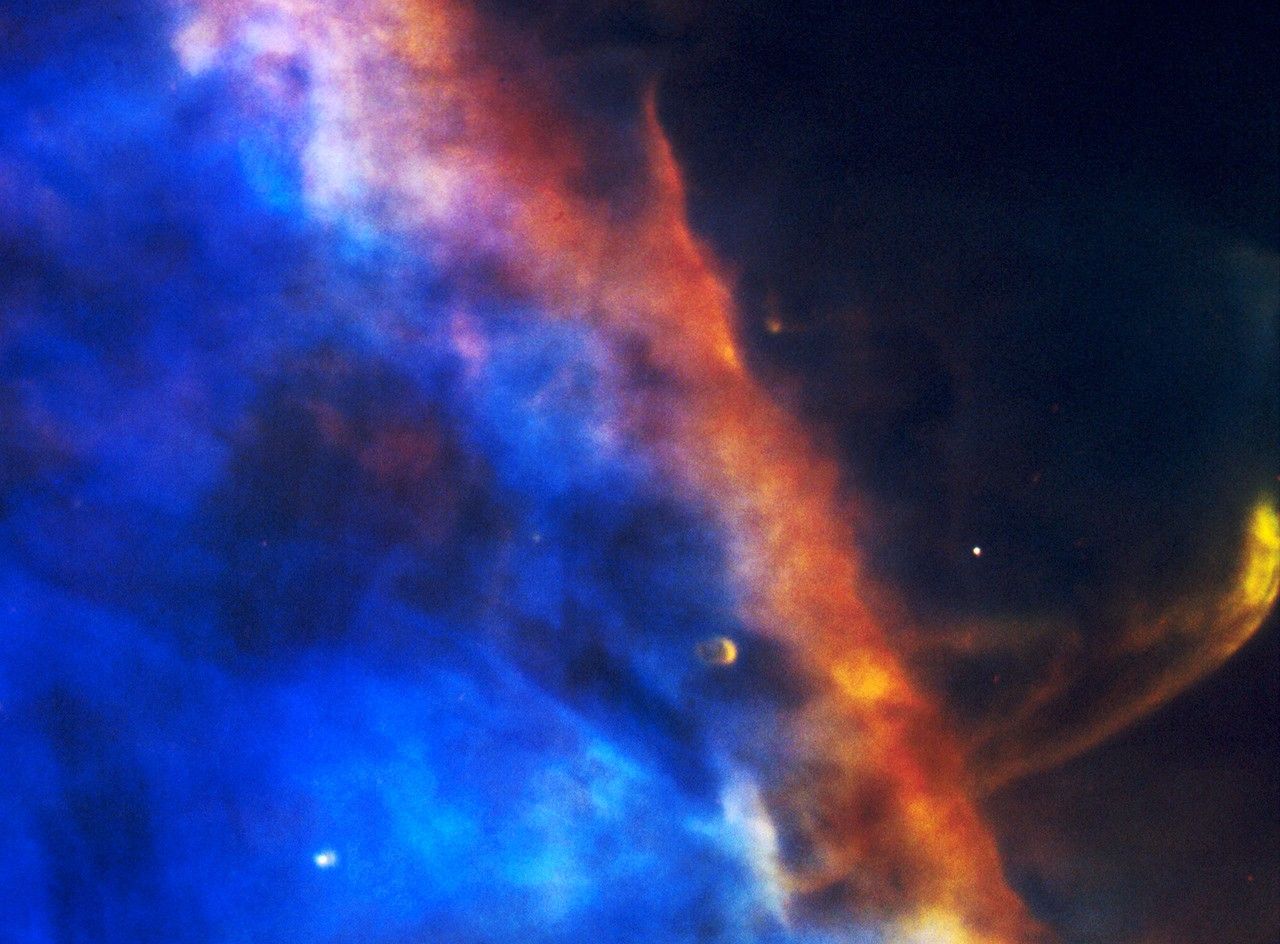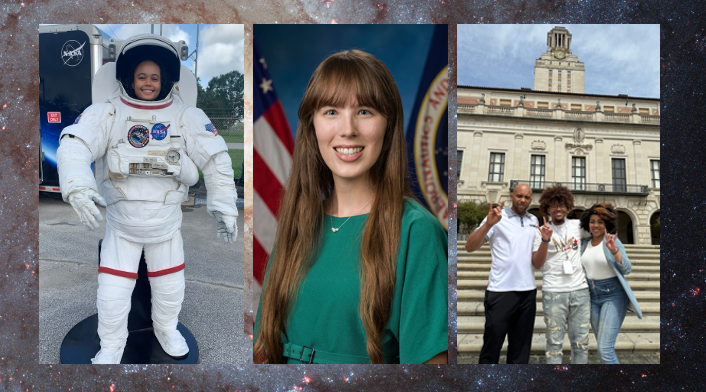One of NASA’s strategic goals is to “Develop a human spaceflight economy enabled by a commercial market.” To achieve that goal, NASA is committed to developing a robust LEO economy and enabling both the supply side (i.e. future LEO destinations providing services for a fee) and the demand side (i.e. need for on-orbit services for Government requirements or to produce products of commercial value). In 2021, NASA awarded three companies funded Space Act Agreements as part of phase one of the Commercial LEO Destinations (CLDs) project. The CLDs project will enable the development of commercially owned and operated LEO destinations that are safe, reliable, and cost-effective and allows NASA to be one of many customers. The International Space Station (ISS) is also enabling the development of commercially owned and operated LEO destinations by hosting a new commercial segment by Axiom Space that will attach to the ISS Node 2 forward port and expand the habitable volume for commercial research and other activities.
Creating a robust LEO economy will be dependent on bringing many new businesses and people into space. It will require the development of not only the supply of services but also the demand for those capabilities. NASA is helping to enable private astronaut missions to the ISS. Private astronaut missions will be dedicated missions that are privately funded, fully commercial spaceflights on a commercial launch vehicle for enabling tourism, outreach, commercial research, and approved commercial and marketing activities on the space station. NASA has also opened the space station for business by expanding opportunities for in-space manufacturing, marketing, and promoting commercial products and services on the station. As NASA increases the opportunities for business on the space station, it is likely that the number and types of companies taking advantage of those opportunities will also increase. That, in turn, will help create more demand.
NASA’s Commercial Resupply and Commercial Crew Programs are also enabling multiple companies to develop and operate the next generation of spacecraft and launch systems. This commercial transportation to and from the space station has fueled the growing market share of U.S. launch providers in the world marketplace. It is providing expanded utility, additional research time, and broader opportunities for discovery and space exploration. An important goal of this commercialization strategy is to encourage the development of new industrial capabilities, enabling these companies to sell future services to all customers, not just NASA.
Doing business in space has become one of the fastest-growing businesses on Earth. The space economy has expanded by over 60% in the last decade and is now valued at roughly $400 billion. A robust LEO economy ensures national interests for research and development in space are fulfilled while allowing NASA to focus government resources on deep space exploration through the Artemis program and land the first woman and person of color on the surface of the Moon.
Questions? Contact HQ-LEO-Economy@mail.nasa.gov



































